What is a solar panel battery and how does it work? Should I get a solar and battery system? How much will it cost? This full guide will dive into all you need to know about solar panel batteries.
Let’s begin.
Table of Contents
Key Takeaways
- Solar panel batteries store excess electricity generated by solar panels, allowing use during non-productive times like nighttime or cloudy days. This enhances energy self-consumption and provides power during grid outages.
- Using solar batteries reduces reliance on fossil fuels, lowers carbon footprint, and can offer significant savings on electricity bills, especially with time-of-use rates.
- Different battery types suit various needs and setups, with lithium-ion being popular for residential use due to low maintenance and high efficiency, while other types like nickel-cadmium or flow batteries are suited for larger or more specialised installations.
What is a Solar Panel Battery and How Does It Work?

A solar battery serves as an addition to your existing solar system or power setup, allowing you to store surplus electricity produced by your solar panels. This stored energy can then be used to power your home during periods when your home solar battery systems or panels are not producing sufficient electricity, such as at night, on cloudy days, and during power outages.
The purpose of a solar battery is to maximise the use of the excess solar energy you generate. Without the right solar battery, systems or storage, any extra electricity generated by solar power is sent to the grid, meaning you are producing electricity for others without fully using the power generated by your panels first.
Benefits of Using a Solar Panel Battery
These are the benefits of using a solar panel battery:
1) Assists with Power Outages
With the ability to store surplus energy generated by your solar panels back up power in your home will have a reliable source of electricity during power outages and instances when the grid is offline. This ensures continuous power supply even when the grid connection’s external electricity sources aren’t available.
2) Better for the Environment
E enhancing the energy-generating capacity of your solar panel system can further lessen your reliance on fossil fuels and decrease your ecological carbon footprint. Supporting technologies that will aid in advancing the global push toward a more sustainable climate future using clean energy.
Incorporating solar batteries into your solar installations enables greater integration of renewable energy into the electricity grid. By storing solar energy, these batteries can provide power during times when solar panels are not producing electricity, such as at night or during cloudy weather. This helps to stabilise the electricity grid and reduce the need for backup power from fossil fuel sources.
3) Increase your Savings
By utilizing energy from your solar battery, you can continue to access the cost-effective electricity generated by your solar panels, even in the absence of sunlight or inclement weather. If you reside in a region where electricity costs fluctuate based on time-of-use metering, you can achieve additional savings on your electricity bills by tapping into your solar battery during periods when utility companies impose higher rates, such as nighttime or peak hours.
How Much are Solar Panel Batteries?
The price of a solar and battery pack or battery system will be determined by the type and size of the chosen solar and battery parts. Typically, lead-acid batteries come with a lower initial cost for consumers compared to lithium-ion batteries. However, depending on usage patterns, opting for a lithium-ion or lead carbon, battery could lead to long-term savings.
A single lead-acid battery might range from $200 to $800 or more, depending on its size and power capacity. Multiple lead-acid batteries could be necessary to fully power a household. On the other hand, the average cost for a residential lithium-ion solar battery system, including installation, ranges from $7,000 to $14,000.
The costs of nickel-cadmium and flow batteries can differ significantly and are contingent on the size and scope of the installation. These types of batteries are not frequently used in residential homes and are more appropriate for indoor or outdoor installation or for commercial or industrial environments due to factors such as cost, longevity, size, stability in extreme temperatures, and disposal needs upon replacement.
Solar Battery Selection and Care Tips
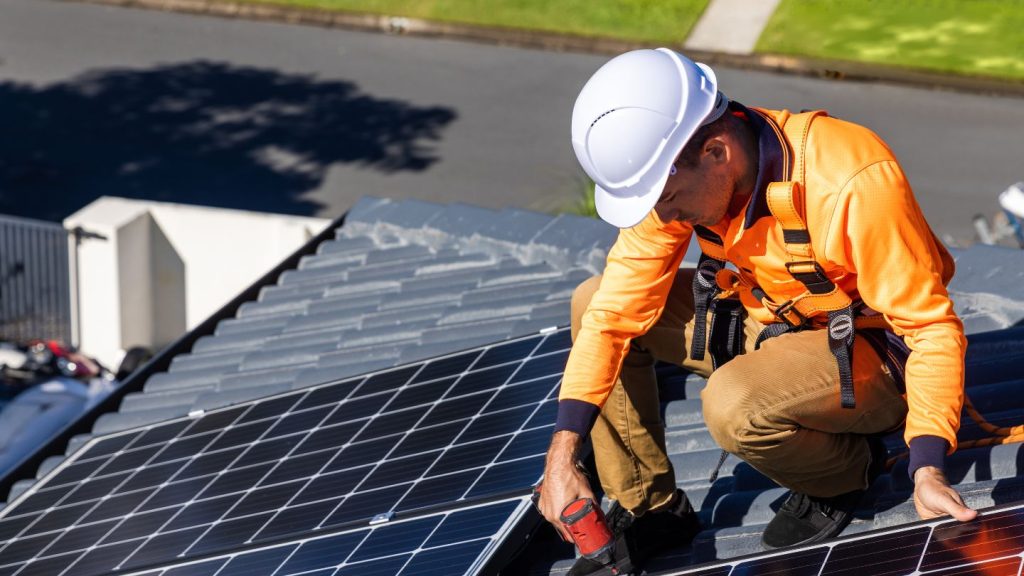
The maintenance requirements depend on the battery’s chemistry. While lithium-ion batteries, which are the most commonly used type of solar battery in homes and businesses, typically need very little or no maintenance, other types of batteries might necessitate an annual inspection by a trained professional.
For example, with flow batteries, it’s essential to monitor the electrolyte level, adding more if any has been lost. Additionally, cleaning a membrane or an air filter may be necessary to keep the battery performing optimally.
For lead-acid batteries, preventing corrosion is crucial: regularly checking the terminal connections to solar battery experts ensures they are securely fastened, and taking steps to halt rust are important tasks.
Frequently Asked Questions
Is it worth getting a battery with solar panels?
Nearly all utility companies rely on fossil fuels to generate electricity, leading to varying CO2 emissions associated with the grid electricity you consume depending on the energy mix of your state’s utility.
Certain states have higher CO2 emissions factors for their grid electricity. By installing a solar PV system with an energy storage system, you can significantly reduce your carbon footprint.
You will need a fairly substantial solar PV system to meet all your electrical needs and have excess power for charging the battery system. Consider a specific number of days of autonomy for times of poor weather conditions when solar power output is limited. Moreover, the upfront costs of transitioning entirely off-grid eliminate the concern of continuously due energy bills and rising electricity expenses.
Which battery is best for solar panels?
Solar batteries and storage solutions play a vital role in solar panels, storing surplus energy for later use and further cutting down energy expenses beyond solar savings. With the rising popularity of solar battery storage and systems, a variety of companies now offer various options, with battery prices and making it more complex to compare and choose between brands and products.
- Sonnen ecoLinx – It boasts an impressive Depth of Discharge (DoD) of 100%, a substantial peak power rating of 12 kW, and one of the most comprehensive battery warranties, providing coverage for 15 years or 15,000 cycles.
- SunPower SunVault – The SunPower SunVault offers a notable peak power rating and an unlimited number of cycles and throughput under its warranty. Further, the EverVolt has a lower Depth of Discharge (DoD) and roundtrip efficiency than many other leading batteries, at 92% and 86%, respectively.
- Tesla Powerwall+ – The Powerwall+ from Tesla features a Depth of Discharge (DoD) of 100%, the top roundtrip efficiency among AC-coupled batteries at 97.5%, and provides unlimited cycles and throughput within its warranty. Although the Tesla Powerwall+ is priced fairly, it utilizes NMC battery chemistry, which typically offers lower performance compared to LFP batteries, and has relatively modest peak and continuous power ratings.
How many solar batteries are needed to power a house?
With net metering policies increasingly under threat and grid outages becoming more common, the smart technology of pairing battery storage with solar panels is proving to be highly advantageous.
The number of solar batteries required for a home depends on several factors, including energy goals, battery size and type, and the desired load capacity. For grid-connected solar systems aiming for cost savings through load shifting or backup power for essential systems, typically 1-3 lithium-ion batteries with 10 kWh of usable capacity each are sufficient.
A 2022 study by the Lawrence Berkeley National Laboratory found that a solar system with a single 10 kWh lithium iron phosphate battery could power essential household systems for 3 days in almost all US counties. For larger loads, such as heating and cooling, a system with 30 kWh of storage (2-3 lithium-ion batteries) may be needed to cover a large percent of the electrical load.
There are three common energy goals for installing solar batteries: cost savings from load shifting, backup power for essential systems, and whole-home backup. For load shifting, a single 6-10 kWh consumption-only battery might be suitable. Essential system backup typically requires a solar system designed to produce 100% of annual electricity consumption and a 10 kWh battery.
Whole-home backup, on the other hand, often necessitates three or more lithium-ion batteries to handle the substantial load demands of appliances like heating, air conditioning, and electric water heating. Additionally, more solar capacity is required to charge the extra battery storage for whole-home backup systems. Calculating the exact number of batteries needed for home and solar battery storage systems involves estimating storage needs based on electricity usage and selecting battery sizes accordingly.
Which type of battery is best for a solar system?
Four types of solar batteries are currently available: lead-acid, lithium-ion, nickel-cadmium, and flow. Here are the pros and cons of each lithium battery option to help you select the right one for your needs.
Lead-Acid Batteries
Best for: An off-grid system or backup power during power outages
These are popular for their reliability and affordability. Classified as deep-cycle batteries, they endure regular draining and recharging. Discharging below 50%capacity reduces their lifespan, and they contain harmful chemicals needing careful disposal.
They are available in two types: flooded, requiring regular maintenance like adding distilled water, and sealed, which is maintenance-free.
Homeowners prefer these batteries sealed for convenience and safety. Despite its popularity, it also has drawbacks. They have a low energy density, making them larger and heavier. Their 3–5% self-discharge rate means they lose stored energy over time, needing more recharging. They last three to five years, shorter than other solar battery options.
Lithium-Ion Batteries
Best for: Residential solar installation
Increasingly popular for residential solar systems like the Tesla Powerwall and LG Chem RESU, offer advanced technology. The average cost for a Tesla Powerwall is around $11,700. These batteries boast a higher discharge capacity, with some models able to discharge up to 100% without damage. They also charge faster than lead-acid batteries. Lithium batteries come in two types: lithium nickel manganese cobalt oxide (NMC) and lithium iron phosphate (LFP).
NMC is more common, offering midlevel power at a lower cost. LFP varieties have better energy retention and higher power ratings, but they come at a higher price point. They are lighter and compact, ideal for smaller spaces, with a lifespan of up to 10 years and minimal maintenance needs.
However, improper use or installation can lead to overheating and safety concerns, requiring built-in safety features like BMS.
Nickel-Cadmium Batteries
Best for: Large-scale solar panel installations and commercial projects
Nickel-cadmium (Ni-Cd) batteries, typically used in commercial-scale solar setups, are occasionally tested for residential systems, although they are not commonly used. These batteries can discharge up to 80%–100% of their capacity and handle numerous charge cycles without impacting their lifespan. However, they suffer from higher self-discharge rates, losing 10–20% of their charge monthly when not in use.
Despite their lower energy density, Ni-Cd batteries are durable and can last up to 20 years or more, longer than lead-acid and lithium-ion types. They require minimal maintenance and are suitable for extreme temperature conditions.
However, they contain toxic materials, posing environmental risks if not disposed of properly. Due to their environmental impact, Ni-Cd batteries have faced bans in various regions like Canada, Japan, and certain U.S. states.
While they are more expensive than lead-acid batteries, they are generally more affordable than lithium-ion options, making them a viable choice for some solar installations despite their drawbacks.
Flow Batteries
Best for: Large-scale installations—there is currently no residential version available at an affordable price
Flow batteries are an emerging technology that uses water-based electrolytes that flow between two internal chambers. They charge and discharge via chemical reactions within the battery. Increasing the number of tanks can expand their solar energy storage capacity, making them popular in large facilities but rare for Solar PV system owners.
These batteries boast 100% discharge capabilities and high efficiency, minimising energy loss during charging and discharging. However, their energy capacity is limited due to internal tank size and electrolyte liquid. They are also heavy and space-intensive, requiring additional tanks for increased storage.
While they may need frequent refilling and electrolyte tank flushing, properly maintained flow batteries can last 20 years or more.
Flow batteries feature nontoxic chemistry and nonflammable electrolyte liquid, making them safer for use. Despite their advantages, they are expensive and not practical for residential solar setups. Some manufacturers are developing more household-friendly versions of flow batteries, though they are not widely available yet.
Final Thoughts
Solar panel batteries are an integral component of residential solar power systems. They allow homeowners to store excess electricity generated by their solar panels for later use. You can use this stored up energy during times when solar power production is low, such as at night.
One of the primary benefits of solar panel batteries is their ability to provide reliable backup power during grid outages. With a solar solar and battery storage system in place, homeowners can maintain essential services and comfort even when the grid is offline.
With a variety of options available, homeowners can select a full battery energy storage system or solar inverter system that meets their specific needs and budget. The demand for renewable energy grows. As it does, solar batteries play a big role in the transition to a cleaner and more sustainable energy future.

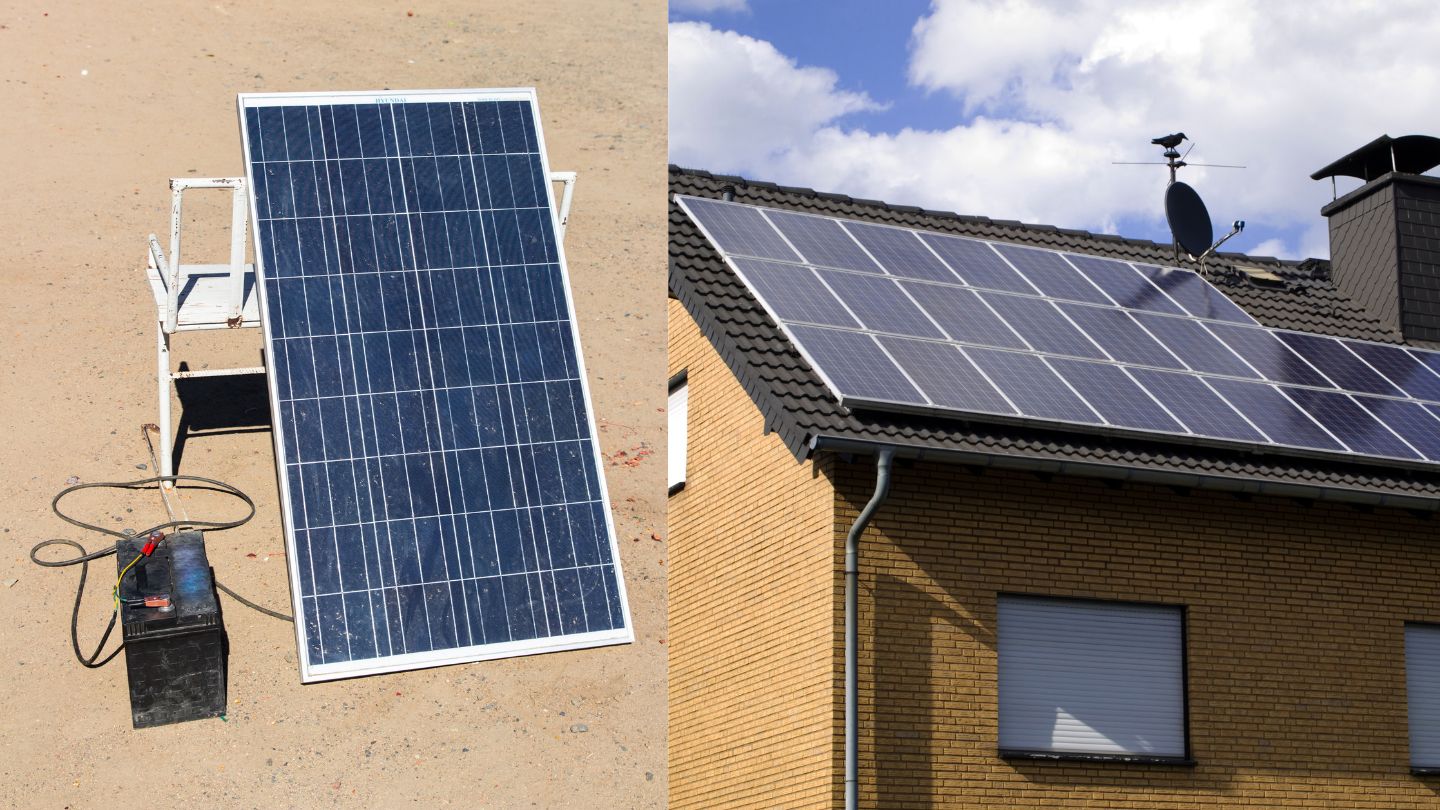
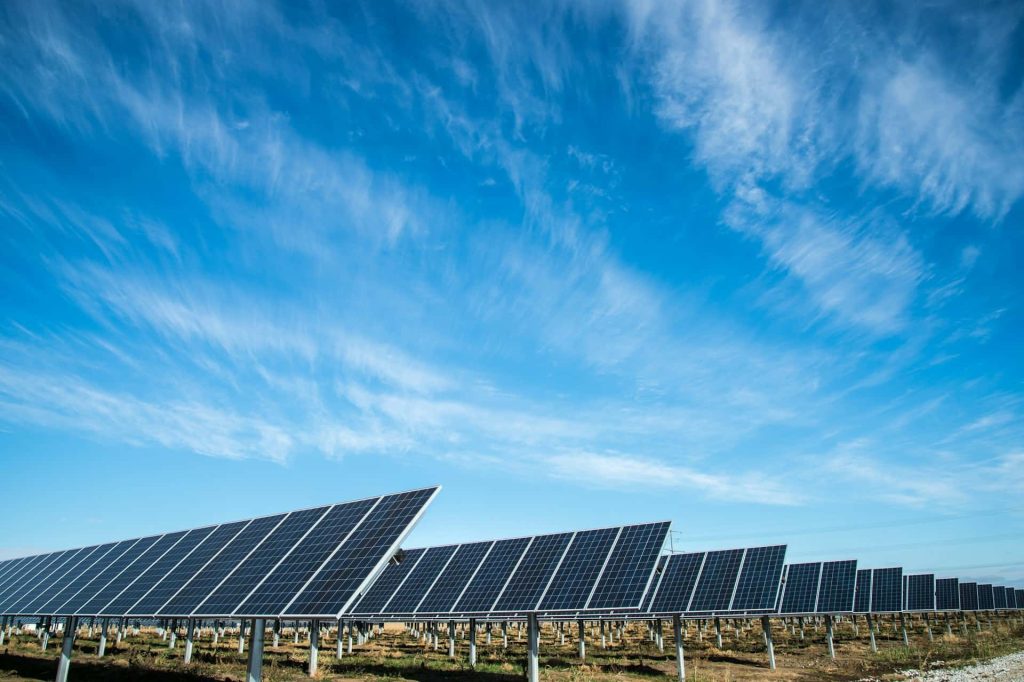

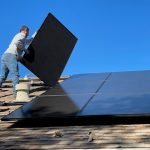


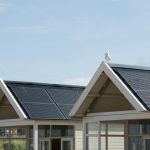
Leave a Reply